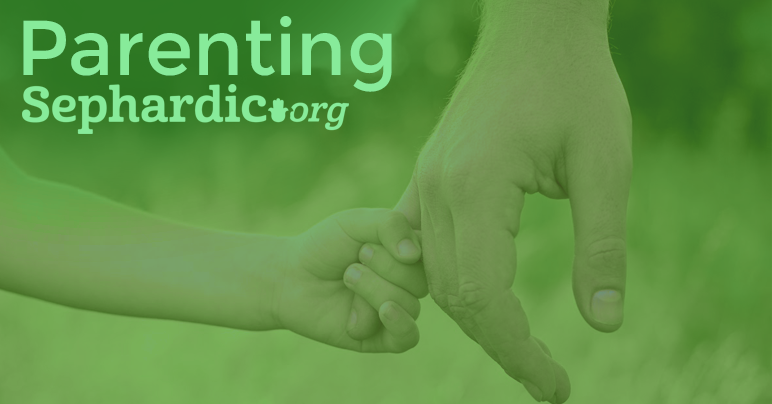How Your Marriage Can Affect Your Child

As parents we often find ourselves feeling or thinking very differently from our spouses. And while disagreement can be quite constructive, unhealthy, fruitless fighting has many negative consequences.
Dr. John Gottman, an expert on marital conflict, found that high levels of parental discord create emotional distress in children. Some tell-tale signs of trouble can include eating disorders, bullying, acting out in school, acting out in the home, withdrawing, being depressed and/or abusing substances.
Some more fighting facts:
Children develop a sense of security from knowing that their parents love and respect each other (even if they are not still married).
Children feel safe and thrive where there is emotional harmony.
If kids witness dignified disagreement, they will most likely learn to deal with arguments in the same healthy way.
Children raised in hostile environments will often display negative behaviors as an attempt (albeit often subconscious) to re-route their parents’ attention away from parental friction.
When parents belittle one another by name calling, yelling, etc. children will often feel they too are being attacked, as they naturally share many of their parents’ traits.
If a parent vents to a child about the child’s other parent, uses a child’s behavior as reason to argue, uses a child as a tool to get what they want, or uses the child as an intermediary for conversation, it is extremely harmful. This can lead children to feel that they are the cause of their parents’ fighting. This type of behavior may also cause the child to team up with one parent or to be afraid to approach either parent. In the latter case, the child is left with no parental connection and may turn elsewhere for emotional support.
Some reading suggestions:
The Seven Principles for Making Marriage Work by John Gottman
Ten Minutes a Day to a Better Marriage by Dr. Meir Wikler
The Five Love Languages by Gary Chapman
*Note: While books can be helpful, it is important to seek further help if the problem is continuous or more pervasive.
Written by Shifra Schnair for The SAFE Foundation










